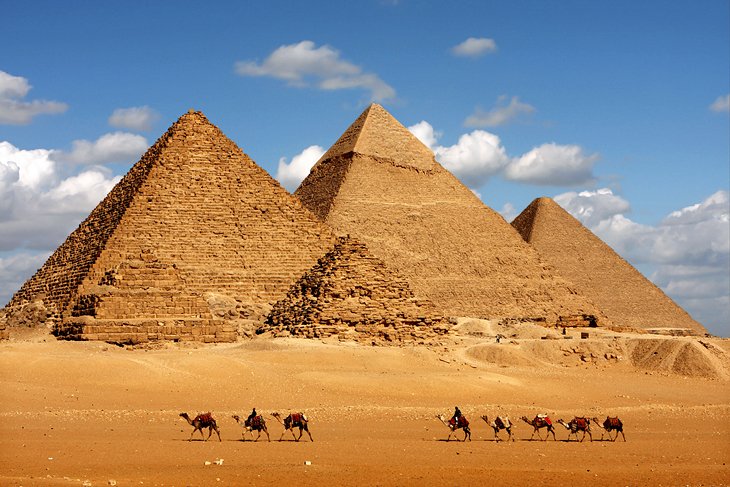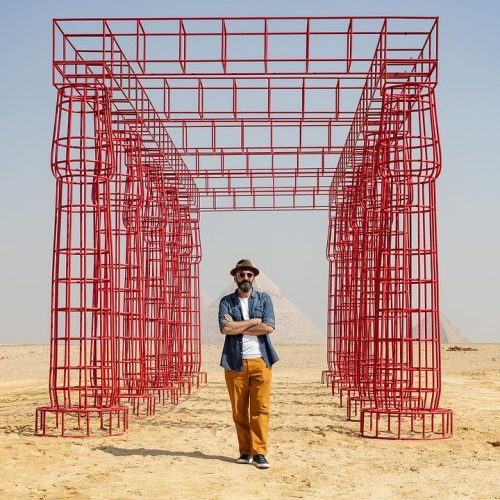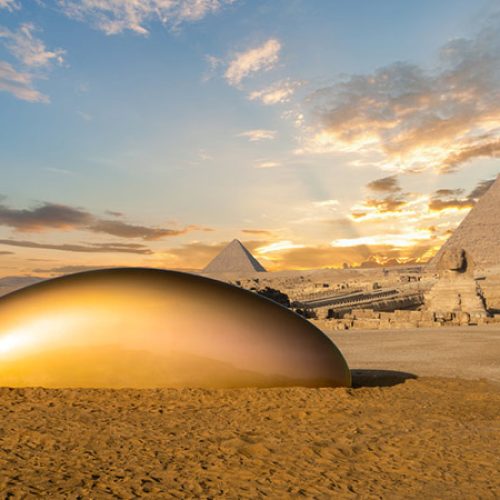You would expect that most of what there is know about ancient Egypt must have already been discovered, studied, and understood. However, it seems as if humankind is still far from uncovering all of the Black Land’s secrets as this weekend, Egypt’s minister of tourism, Ahmed Issa, revealed that researchers from the Scan Pyramid project made a historic finding by uncovering a hidden corridor inside the Pyramid of Khufu, more commonly referred to as the Great Pyramid of Giza — the world’s tallest structure built by man until the inauguration of the Eiffel Tower in 1889.
Measuring nine meters long and two meters wide, the recently uncovered tunnel is allegedly located behind the main entrance of the construction and is believed to have been thought out to relieve the weight of the pyramid, which could suggest the existence of another corridor on the other side of the edifice.
According to the reports, a range of modern scanning techniques were used to locate the chamber, using ground-penetrating radars, radiographic muons, infrared thermography, and 3D reconstruction techniques, amongst other instruments, to investigate the inside of the pyramid in much greater depth than it was previously possible.
Although the cohort of experts is still yet to have figured out the exact purpose of the tunnel or what is exactly leads to, officials claim that it could lead to further discoveries.
According to Christian Grosse, Professor of Non-destructive Testing at the Technical University of Munich and a leading member of the project, “discovering a hollow space in a pyramid is already something special. But the fact that this chamber is large enough to accommodate several people makes the discovery even more important.”
Mostafa Waziri, secretary general of Egypt’s Supreme Council of Antiquities, also reaffirmed how intriguing this excavation is, stressing how all efforts will be put in “to continue our scanning so we will see what we can do … to figure out what we can find out beneath it, or just by the end of this corridor.”
In 2017, the same team of scientists had already made a groundbreaking discovery by revealing a previously unknown void within the Great Pyramid — the first significant inner structure uncovered since the 19th century. This came after the team had found another enigmatic cavity on the Pyramid’s northeastern edge a year earlier.
In light of the COVID-19 pandemic and ongoing political instability following the 2011 revolution, Egypt is keen to leverage these newfound archaeological insights to boost its tourism industry — a critical source of income and employment opportunities that have been plummeting since the pandemic.









